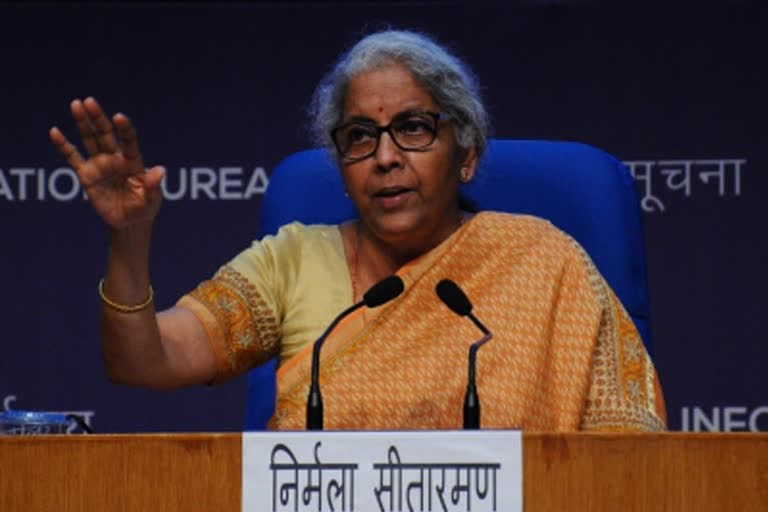New Delhi: Finance Minister Nirmala Sitharaman is expected to present the Union Budget for the next financial year (April-March 2023 period), on February 1 when the Parliament will meet for the first session of this year, also known as the budget session.
For the current financial year, the total expenditure of the Union government was estimated at Rs 34.83 lakh crore. The budget proposals for spending such a massive amount of money are presented to the Parliament in form of demands for grants as mandated by the Constitution of India.
Article 113 of the Constitution mandates that the estimates of expenditure from the Consolidated Fund of India, which are included in the Annual Financial Statement or Union Budget, and which are required to be voted by the Lok Sabha, will be submitted in the form of demands for grants.
These demands for grants are presented to the Lok Sabha along with the Annual Financial Statement. As a general rule, one demand for grant is presented for each ministry or department such as the department of space or department of atomic energy or the ministry of culture and tourism.
However, for large ministries, more than one demand for grants can also be presented depending on the nature of expenditure. For example, Budget 2021-22 contains 101 demands for grants.
The Union government also approves the budget of union territories without legislatures such as Chandigarh, Andaman and Nicobar Islands and Lakshadweep. In such cases, a separate demand for grant is presented for each union territory without legislature.
Union territories with legislature such as Delhi and Puducherry pass their own budget independent of the Central government.
What demands do grants contain?
Each demand for grant separately gives the totals of voted and charged expenditure. It also classifies the expenditure as revenue and capital expenditure and then it gives the grand total on the basis of the amount of expenditure for which the demand is presented.
This is followed by the estimates of expenditure under different major heads of account and the amounts of recoveries are also shown, which means including the details of any income or receipts for the government that the expenditure will generate.
The net amount of expenditure after deducting the recoveries or incomes from the gross amount is also shown. For example, demand for a grant may include the details of a new service or new instrument of service such as the formation of a new company or starting a new scheme.
Each demand normally includes the total provision required for service. It means the provision on account of revenue expenditure, capital expenditure, grants to state and union territory governments and also loans and advances relating to the service.
Where the provision for service is entirely for expenditure charged on the Consolidated Fund of India, for example, interest payments, a separate appropriation, which is distinct from a demand, is presented for that expenditure and it is not required to be voted by the Lok Sabha.
However, expenditure on service includes both voted and charged items of expenditure, the latter are also included in the demand presented for that service but the voted and charged provisions are shown separately in that demand.



